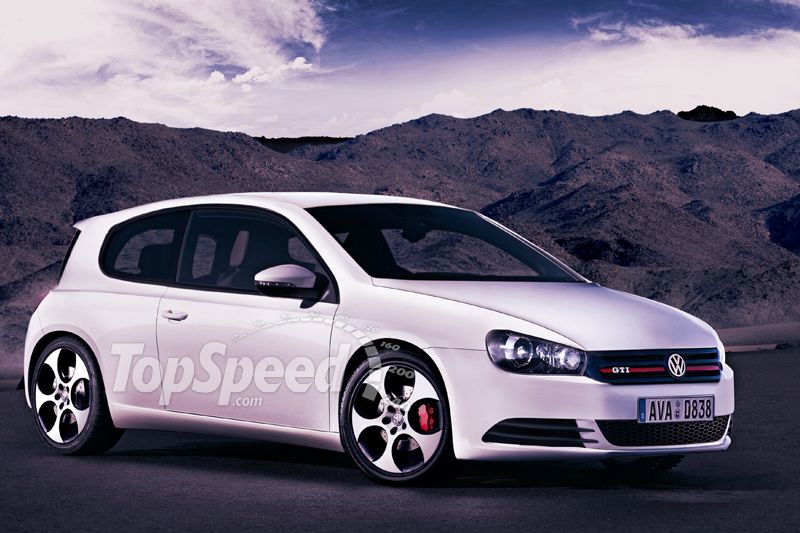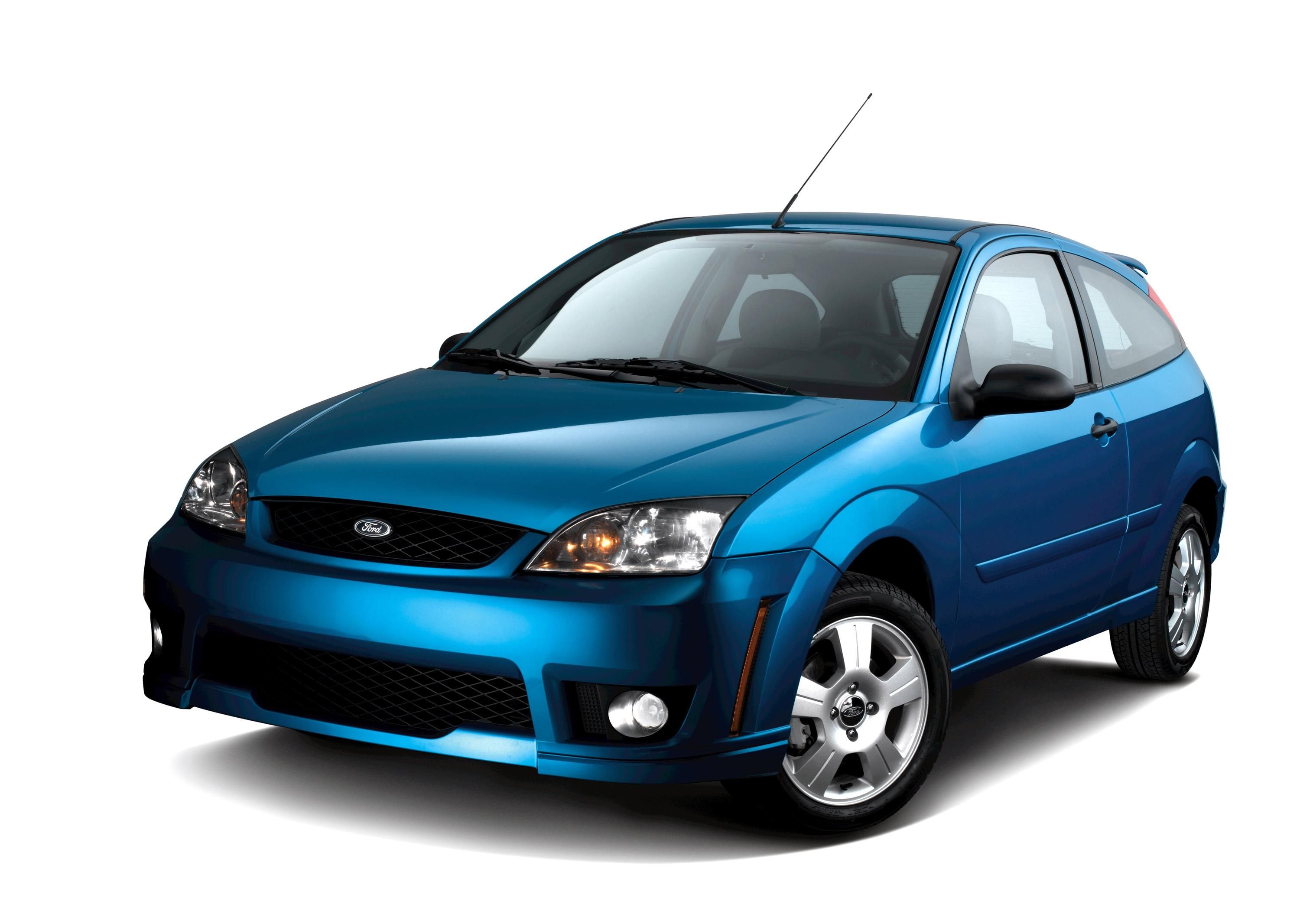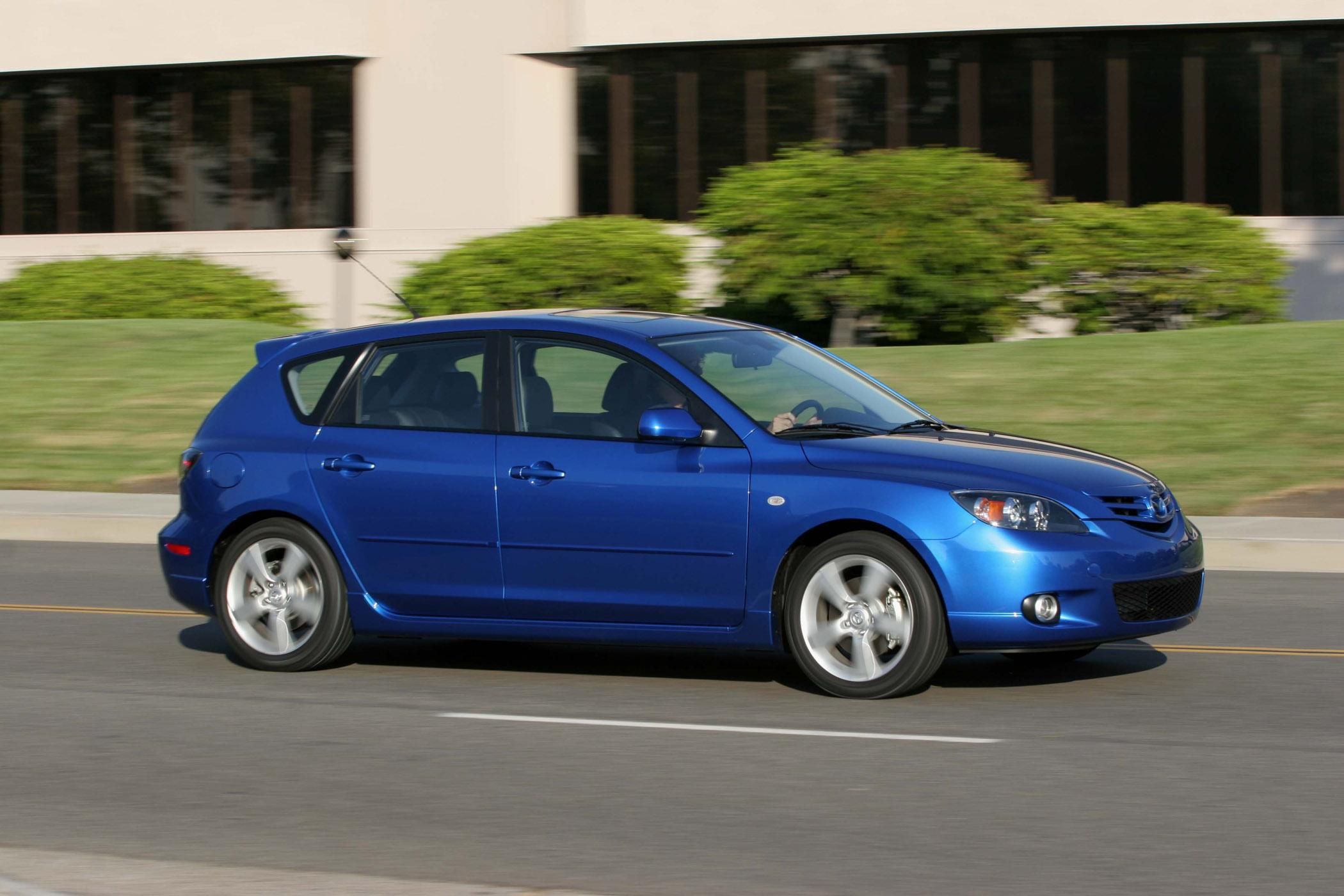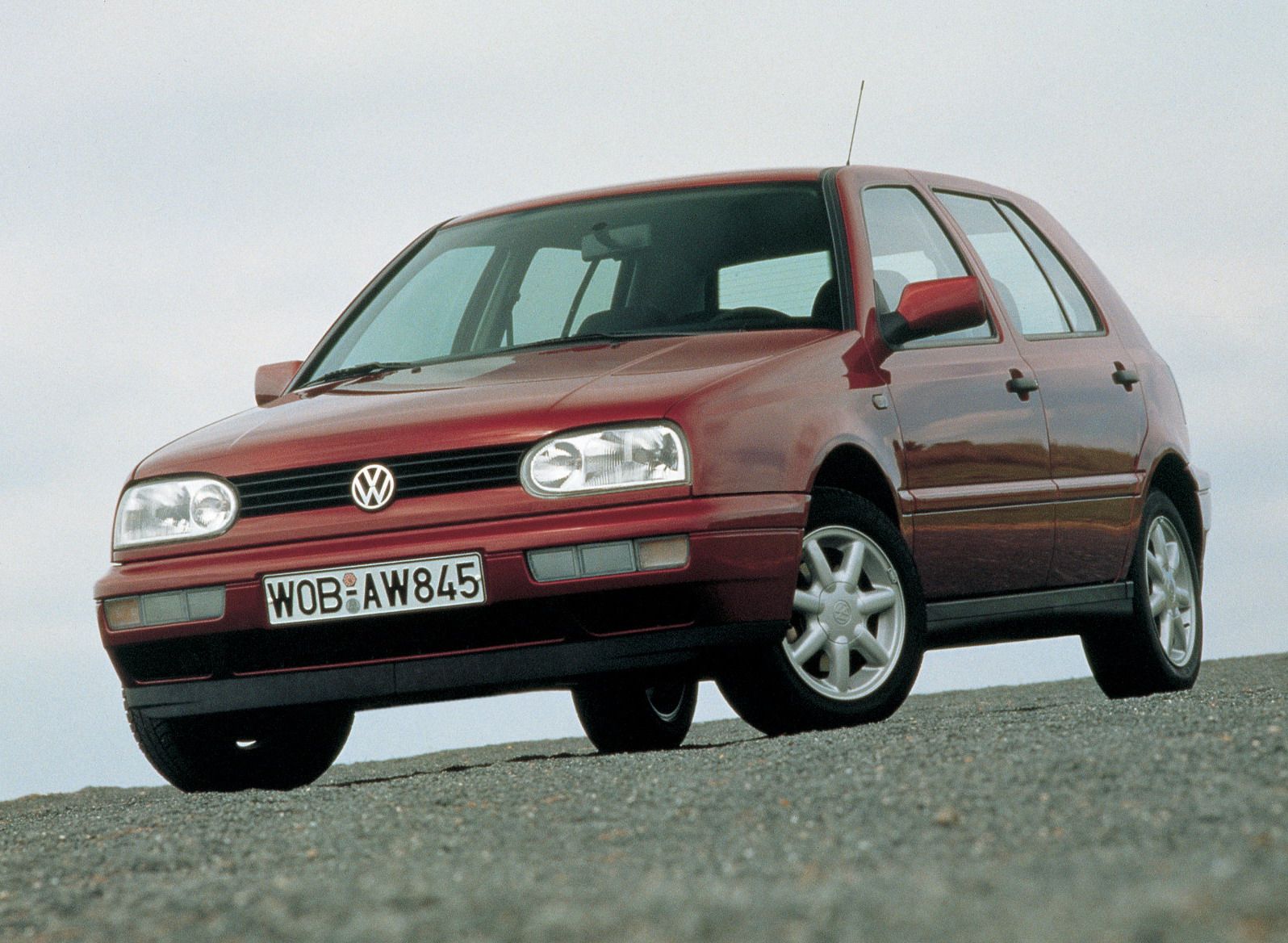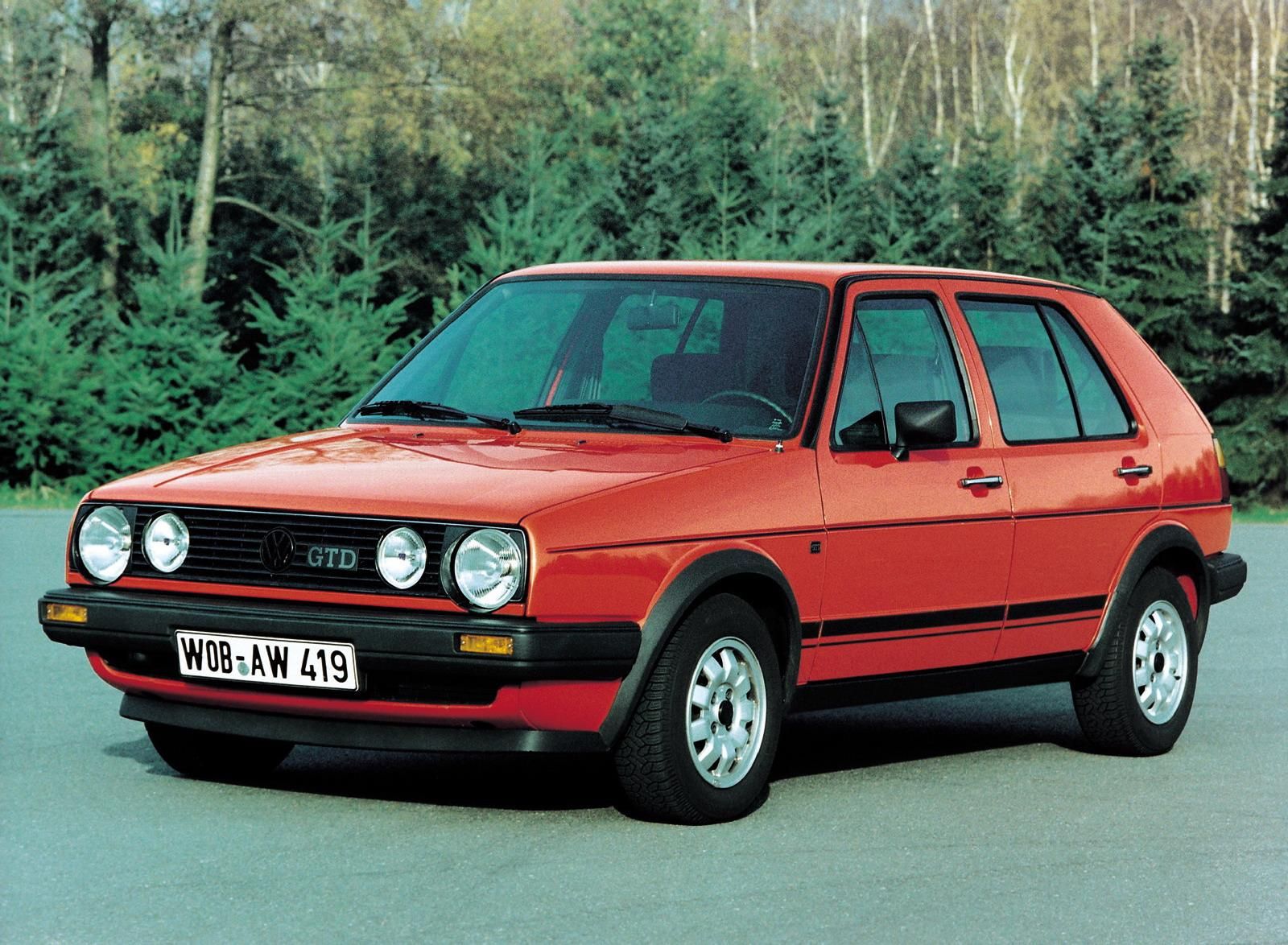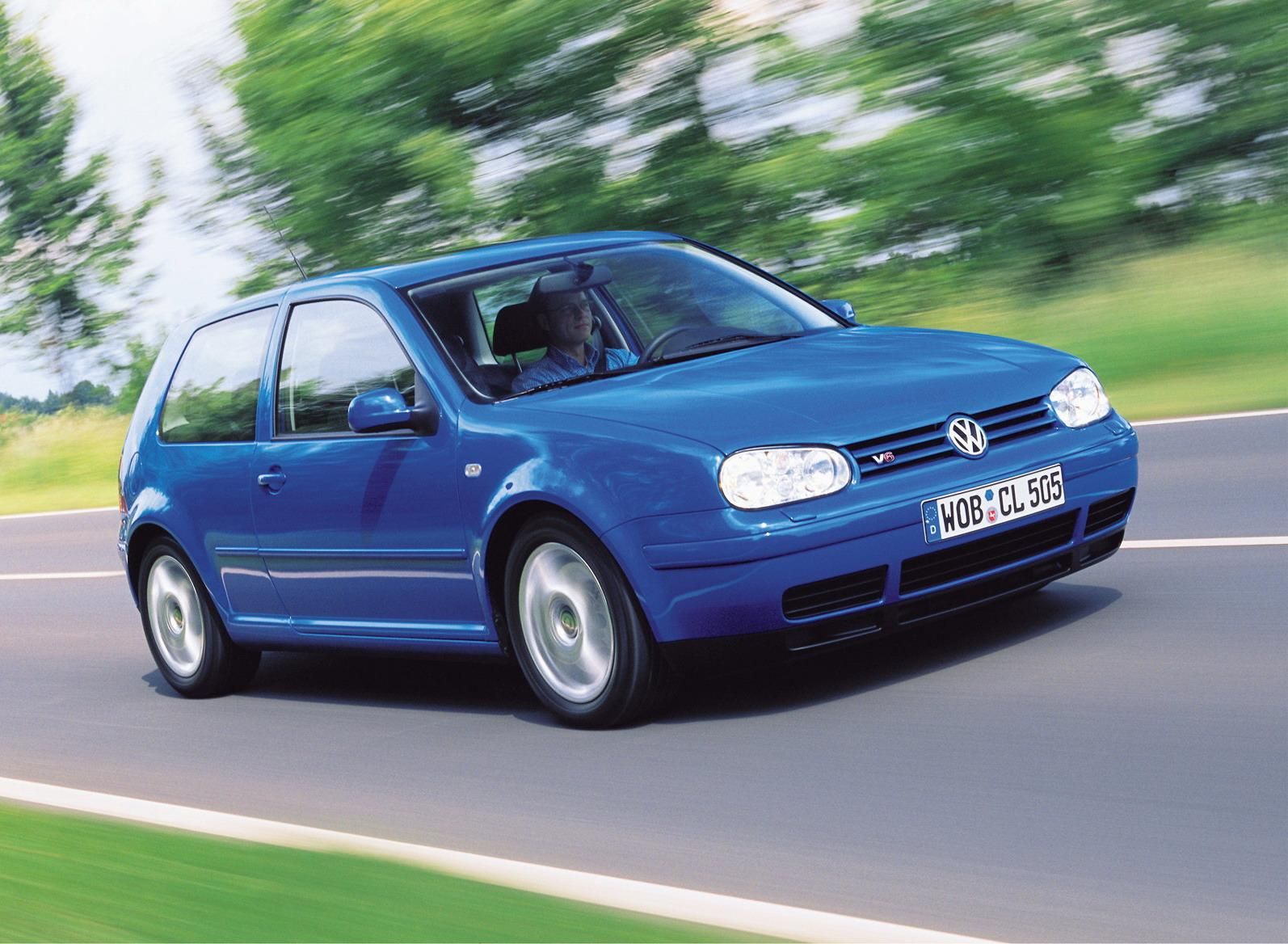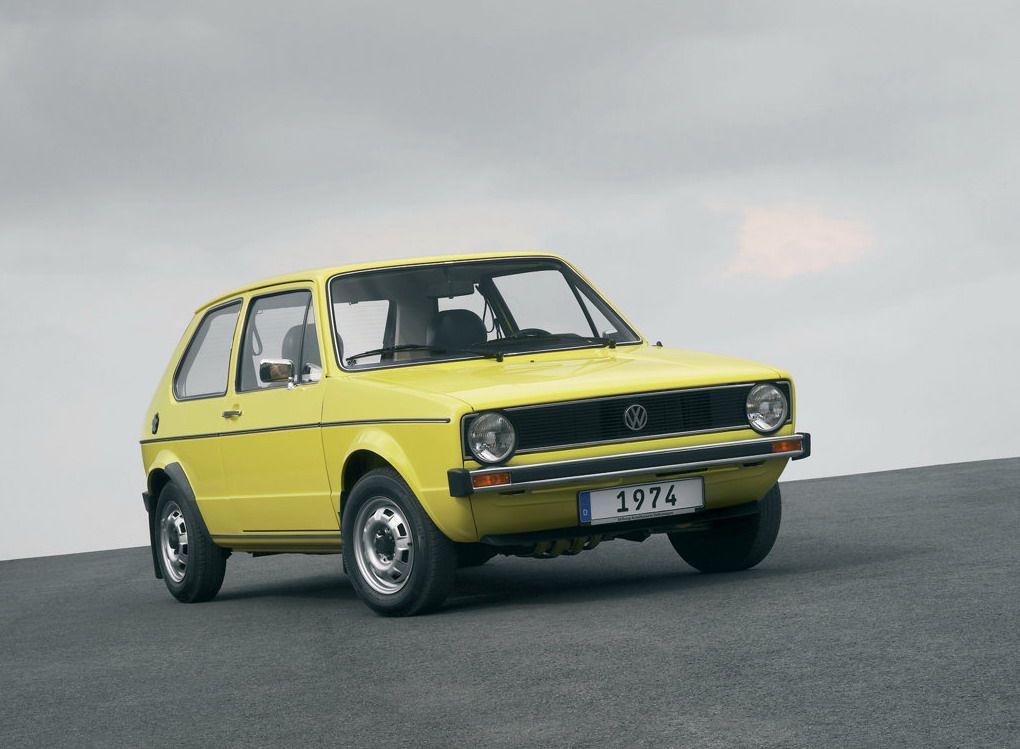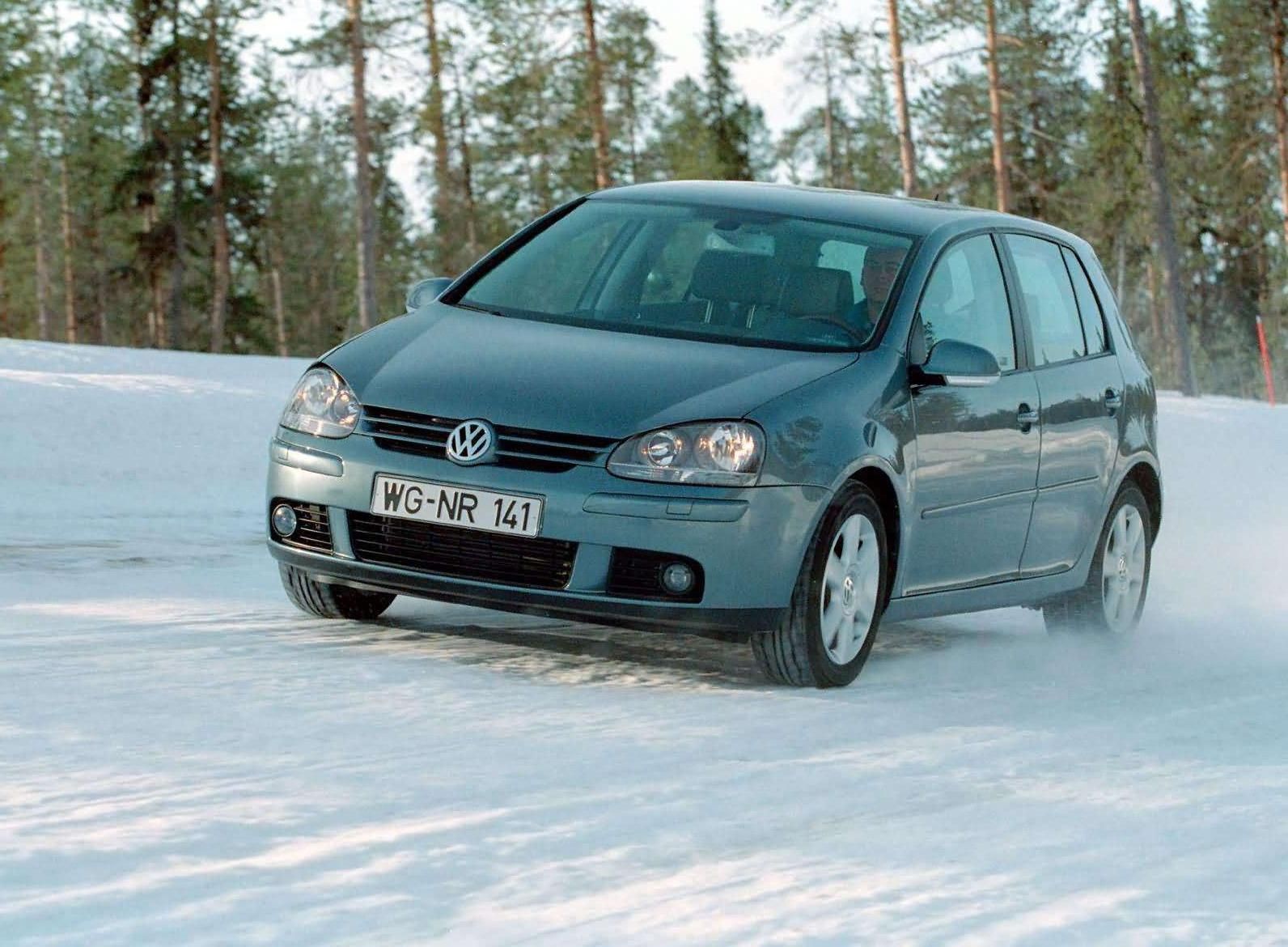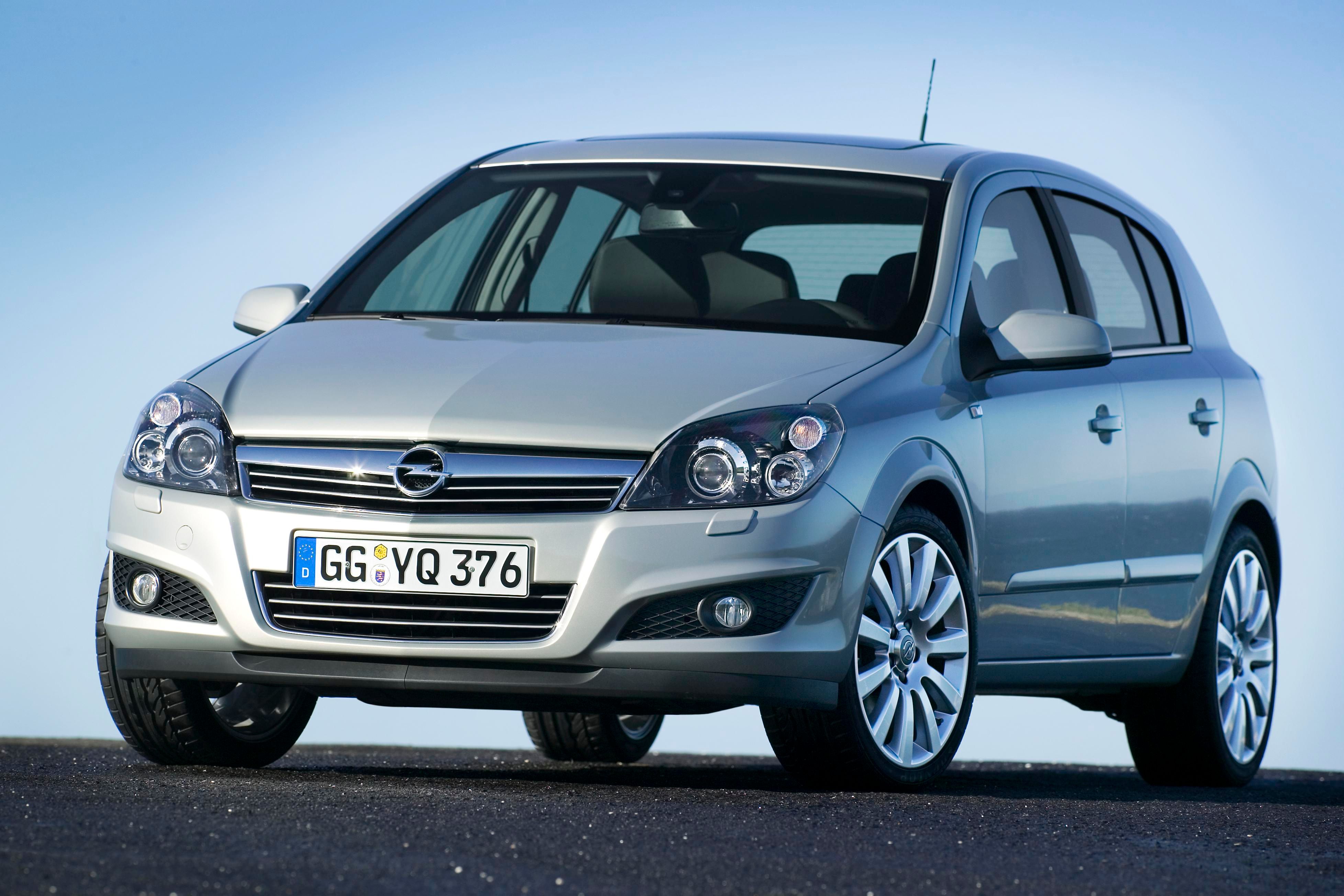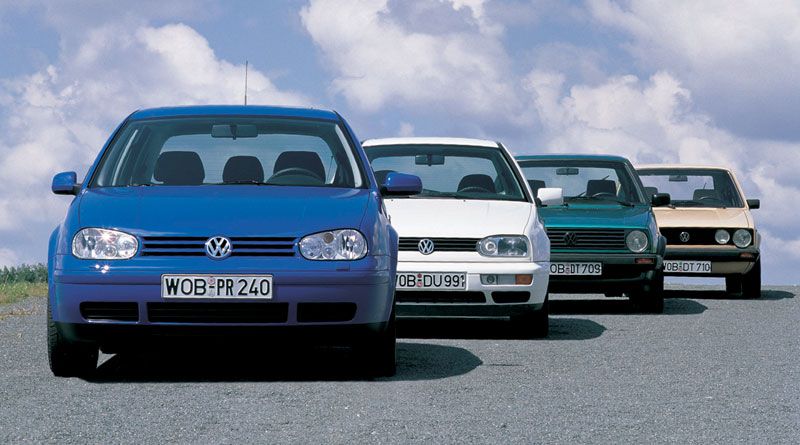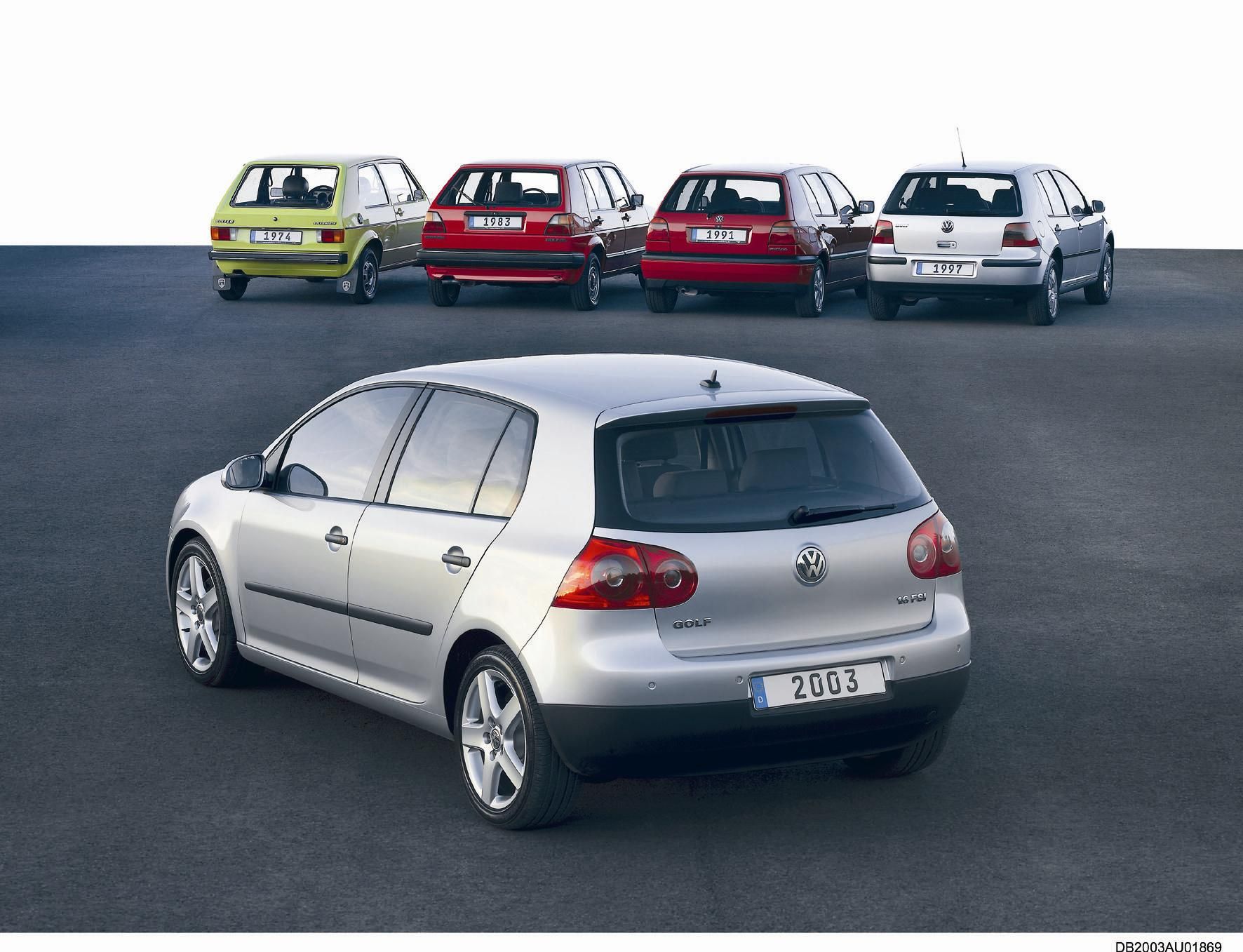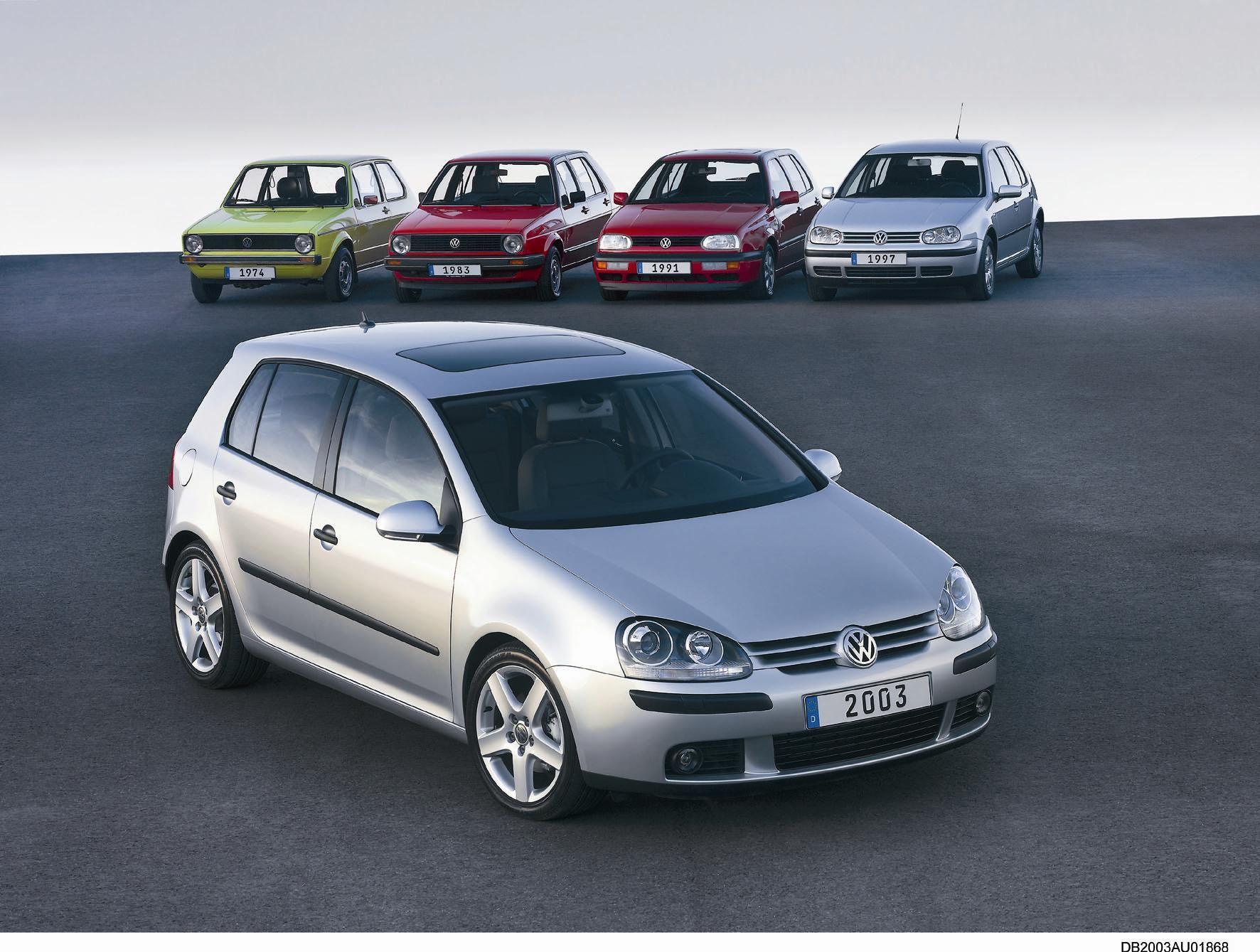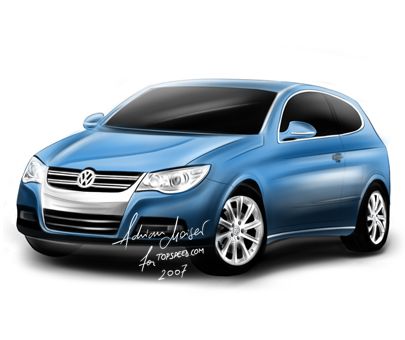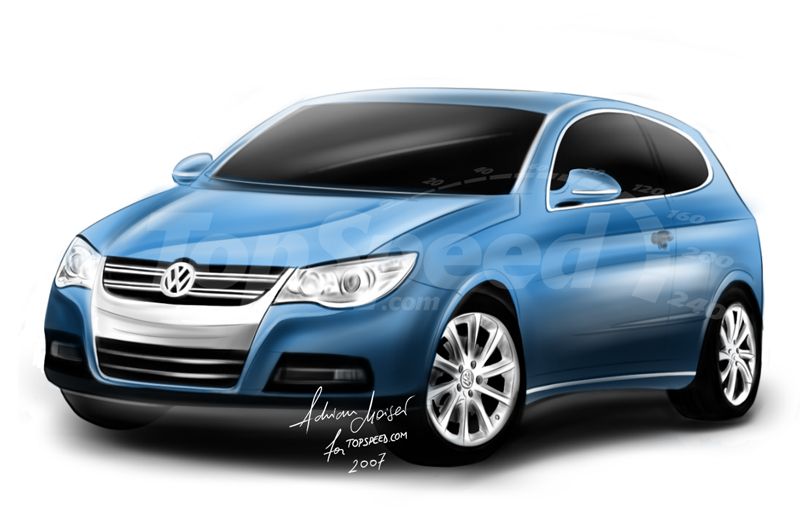The current Golf is on sale since 2003, and after only 5 years since its debut, the new Golf VI will go on sale in autumn 2008. The new Golf will get a B6-to-B7 redesign where the car doesn’t move to an all-new platform, but does significantly change. It will compete with models like Opel Asta, Ford Focus and Mazda 3.
volkswagen-golf-vi
- Make: Array
- Model: volkswagen-golf-vi
2008 Volkswagen Golf VI
- Make: Array
- Model: 2008 Volkswagen Golf VI
- Engine/Motor: 3.2 liter V6
- Horsepower: 260@0
- [do not use] Vehicle Model: Array
When Volkswagen launched the new Golf V they expected the model to be a real success on the market. But the Golf V doesn’t sell as well as they expected, and much worst than its predecessors. The explanation is very simple: the production cost is too big, so the car is too expensive and not very reliable. And at only 5 years after the Golf V went on sale, Volkswagen decided to launch the next generation Golf: Mark 6. The Golf VI will debut in 2008 and Volkswagen says it will reduce the production costs with 10%.
It will be one of the first models to incorporate the new Volkswagen designs, getting rid of huge metal parts all over the car. The chassis and the platform will be modified but not renewed, with aesthetic changes that will be centered mainly in the front part. The radiator grille is taken broader and with chrome edge to look more remarkable, the four-door model from production.In addition it will feature LED lights in the side mirrors, being more elegant like the current Golf. To cut costs, the current car’s basic platform will be carried over, but it will be tweaked to allow Volkswagen to employ the latest manufacturing techniques.
The Golf VI will get a more pronounced waistline and an altogether overhauled exterior as well as a new dashboard which is expected to look more adventurous than the one in today’s car. A top priority will be to incorporate new technology with a dedicated dock for MP3 players in the armrest and provision for the latest wireless electronic gadgets.
Under the bonnet you will see both gas and diesel engines. The gas engine range of the Golf VI will include: a new 1,4 liter engine, both naturally aspirated (80 hp) and turbocharged (TFSI, 120 hp), the 1,6 liters engine (102 hp), the 2,0 liters engine, both naturally aspirated (150 hp) and turbocharged (200 hp) and the 1,4 dual-charger TSI engine (150 hp). Diesel engines will include the old 1.9 TDI Pompe-Duse (105 hp) and two new common-rail engines: a 1,6 liters TDI (90 hp) and a 2.0 liters TDI in two power steps (same as today, 140 and 170 hp).
For the diesel engines, Volkswagen will use the Common-rail technique. By replacing the injector-pumps by a common slope, Volkswagen should be able to have less polluting engines and especially quieter.
The new Golf will be available only in two versions, and not three like the Golf V: a 2-door coupe and a van similar to the Volkswagen Golf Plus, which is right now only available in Europe.
-----
History
Mk I (1974 until 1983)
The Golf Mk I was launched in 1974 and is still produced today – albeit extensively modified – as an economically priced entry-level model in South Africa parallel to the current model range. Over 6.8 million units have been produced so far. The Golf was designed by Italian automobile architect / designer Giorgetto Giugiaro, of the ItalDesign design studio.
In 1978, Volkswagen began producing the North American "Rabbit" version of the Mark 1 Golf in New Stanton, Pennsylvania, thus becoming the first European car manufacturer in modern times to produce a vehicle in the United States.
- 1974 - Debut of the first Golf
- 1976 - 500,000th Golf in March; 1,000,000th Golf in October; First Golf GTI; First Golf with diesel engine
- 1978 - 2,000,000th Golf in June; Debut of the US version Rabbit in July
- 1979 - 3,000,000th Golf in September; First Golf Cabriolet; Minor facelift
- 1982 - 5,000,000th Golf in February; First Golf with turbodiesel engine
Mk II (1984 until 1992)
The second-generation Golf was launched in Europe at the Frankfurt Motor Show in September 1983 (it debuted in 1984 in the UK, and it was introduced as a 1985 model in the US), and it featured a larger bodyshell and a wider range of engine options, including a GTD (In euro markets, using the 1.6 "umwelt" diesel engine), a DOHC 1781 cc (1.8) 16-valve version of the straight-four GTI (as well as the tried and tested 1781 cc (1.8) 8v GTI), the supercharged 8v "G60" with front- and four-wheel drive options, and a racing homologated variant of this, the "Rallye".
This Golf was marketed for the first time with that name in the United States and Canada. The Rabbit name used on the Mark 1 was meant to give a car a cuddly image, but with the eighties redesign of the car, Carl Hahn, the former Volkswagen of America president who was now chairman of the whole company, dictated that Volkswagen model names be standardized globally.
- 1983 - Debut of the second Golf
- 1984 - Debut of the second Golf GTI
- 1985 - 7,000,000th Golf in March
- 1986 - First Golf (GTI) with 16-valve petrol engine
- 1987 - ABS available for all GT and GTI models; Minor facelift
- 1988 - Debut of the Rallye Golf G60 – some LHD examples imported to UK; 10,000,000th Golf in June; 11,000,000th Golf in October
- 1990 - All Golf petrol models available with closed-loop catalytic converters from February; 1,000,000th Golf GTI in November; 12,000,000th Golf in November
Mk III (1992 until 1998)
The third-generation Golf was launched in November of 1991, although it did not appear in North America until the spring of 1993. The delay in North America was due to Volkswagen's decision to supply U.S. and Canadian dealerships with Mark 3 Golfs (and Mark 3 Jettas) from the VW plant in Puebla, Mexico. Quality control problems led Volkswagen of America to reject Golfs and Jettas from Mexico; shortly thereafter, labor unrest at the plant delayed production there even further.
The third-generation Golf and Jetta finally made it to North America, first as 1993 models in the San Diego, California area, then in the fall in the rest of North America as 1994 models. Three-door Golfs of this generation were mostly only available in North America in GTI form. The 1993 through 1995 Golfs were called "Golf III" in North America to make it clear that they were different from the previous generation. The second-generation Golfs had increased insurance premiums, due in part to stereo systems that could easily be stolen, and the third-generation models were meant to correct that situation. Once the badge distinction was no longer necessary for insurance purposes, the Mark 3 Golf lost its Roman numerals suffix for 1996.
- 1991 - Debut of the third Golf; First Golf diesel with oxidation catalytic converter; First Golf with six-cylinder engine (VR6); simultaneously; First model in the lower mid-range with a six-cylinder engine
- 1992 - 13,000,000th Golf in February; Driver and front passenger airbag available from August
- 1993 - First Golf with turbodiesel direct injection (TDI) engine; Debut of the second Golf Cabriolet; First Golf Estate; 14,000,000th Golf in March
- 1994 - 15,000,000th Golf in May
- 1995 - First Golf with naturally aspirated diesel direct injection (SDI) engine
- 1996 - 20th anniversary of the Golf GTI / anniversary model of the Golf GTI; First Golf GTI with turbodiesel engine; 17,000,000th Golf in November
Mk IV (1998 until 2004)
The Golf Mk IV debuted in 1997, and was launched in the UK in 1998. It was a deliberate attempt to take the Golf further upmarket, with a high-quality interior and higher equipment levels. Overall the level of maturity of the design and its target audience were also evident — the humorous plays on the game of golf which resulted in special edition models of the three earlier generations being called "Golf Ryder", "Golf Driver", not to mention the GTI's "golf ball" gearlever knob were dropped, and replaced with a more subtly styled golf ball knob. Over the last seven years until 2003, 4.3 million units of the best-seller were produced and, on average, approximately 614,000 units were sold per year.
- 1997 - Debut of the first Golf with fully galvanised body; First Golf with five-cylinder engine (V5)
- 1998 - Debut of the new Golf Cabriolet; First Golf 4MOTION with Haldex viscous coupling; Introduction of optional ESP (Electronic Stabilisation Programme)
- 1999 - Second Golf Estate launched; First TDI engines with Pumpe Düse unit-injector technology in the Golf; 19,000,000th Golf in June
- 2002 - Golf GTI 180 PS launched as special edition marking the 25th anniversary of the Golf GTI in the UK; Production of the Golf overtakes the Beetle; at 21,517,415 units it becomes the most-produced Volkswagen model to date; Debut of the Golf R32, the most powerful in production Golf ever with 241 PS
- 2002 - becomes the Golf’s best year in the UK to date, with 72,362 units sold, while it also finishes the year as the country’s best-selling diesel car
- 2003 - End of year: phase-out of the fourth generation Golf after sales of more than 4.3 million units; Frankfurt Motor Show: world premiere of the Golf Mk V
Mk V (2003 - present)
The fifth generation Golf was unveiled at the Frankfurt Motor Show in October of 2003 and went on sale in Europe one month later. It was not released in the United States until January of 2006, however, and then only in GTI form through the spring of 2006. For the presentation of the new Golf, Wolfsburg was renamed "Golfsburg" for a week. Before the North American launch of the Golf in June of 2006, Volkswagen of America announced the decision to rebrand the Golf and return the Rabbit nameplate to the U.S. and Canadian markets. It continues to be sold in Europe as Golf. Volkswagen of America is promoting the cost economy and native manufacture in Wolfsburg, Germany.
This fifth-generation Golf platform is renowned for its solidity and sophistication that make it one of the best-selling models in the world. Built in Wolfsburg, Germany, the home of Volkswagen, the Golf benefits from Volkswagen’s high-tech production process that includes industry-leading robotics in its assembly technology and sequences.
Drivers of the Golf V will enjoy the model’s first fully independent suspension system that uses a multi-link rear and optimized front axle, a new powerful base engine with a larger displacement of 2.5 liters and five-cylinders generating 150 horsepower and a new optional six-speed automatic transmission with Tiptronic (five-speed manual standard).
-----
Competitors
Opel Asta
With more than 1.2 million units sold since its debut in March 2004, the third-generation Astra plays a leading role in European sales statistics. The new Astra made its world premiere at the Bologna Motor Show (December 7 – 17, 2006).
The Astra engine range is expanded with two new highly efficient 1.6-liter gasoline engines and two 1.7 CDTI common-rail turbo-diesel units that are already capable of meeting future emissions standards.
The new weight-optimized 1.6 TWINPORT ECOTEC (85 kW/115 hp) with a variable camshaft joins the bestselling 1.6-liter TWINPORT engine (77 kW/105 hp). With the 115 hp engine coupled to a five-speed Easytronic transmission, the Astra needs only 6.3 liters of fuel per 100 kilometers.
The new 1.7 CDTI engines with 81 kW/110 hp and 92 kW/125 hp both come with six-speed manual transmission and feature common-rail injection, four-valve technology with swirl control and a maintenance-free particulate filter. Available from spring 2007, they will replace the 1.9 CDTI units with 74 kW/100 hp and 88 kW/120 hp. With torque increased by 20 and 40 Nm, the 1.7 CDTI engines provide noticeably more power and lower emission levels.
Ford Focus
The 2007 Ford Focus is designed to raise the standard of what a small car should be with new levels of roominess, comfort, driving dynamics and safety. Combined with a bold new exterior design and an all-new chassis, the Focus is designed to give customers much more car while still providing affordability and value.
Three engine choices begin with the 136-horsepower, 2.0-liter, Duratec 20 dual-overhead-cam (DOHC), inline four-cylinder (I-4). Powering the sporty Focus ST is the 151-horsepower, 2.3-liter Duratec 23 DOHC I-4. This engine is derived from the Duratec 20 family, with larger displacement and performance-tuned exhaust.
The Duratec 20 and 20E are available with a five-speed manual transmission or a four-speed automatic. Focus ST offers a five-speed manual exclusively.
Mazda 3
The flagship of the Mazda3 range, the all-new Mazda3 MPS, will give sports-minded customers a double dose of Zoom-Zoom driving fun. Mazda3 MPS is the second model in the Mazda Performance Series, following the Mazda6 MPS launched in Europe a month ago. The car will be called Mazdaspeed Axela in Japan, Mazdaspeed3 in North America and, in other key regions including Europe, Australia and New Zealand, Mazda3 MPS.
Under the hood of the Mazdaspeed3 is a version of the turbocharged and intercooled 2.3-liter four-cylinder direct-injection gasoline engine that powers the highly regarded Mazdaspeed6 sport sedan and the CX-7 crossover SUV.
Engineered to deliver high performance at all speeds, along with low exhaust emissions and excellent fuel economy, Mazda’s MZR 2.3 DISI (Direct Injection Spark Ignition) turbo -charged engine produces in excess of 250-hp in the Mazdaspeed3. Final horsepower numbers will be available closer to launch.
The DISI Turbo engine is engineered to achieve three aspects of performance that are difficult to realize with conventional manifold injection engines: good fuel-economy and low exhaust-gas emissions, powerful acceleration thanks to the turbocharger, and a full and flat torque curve throughout the rev range for exceptional engine response.

